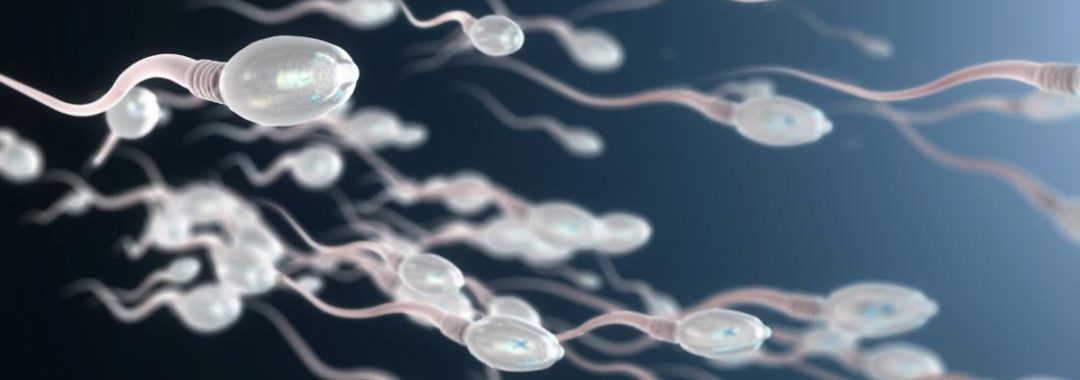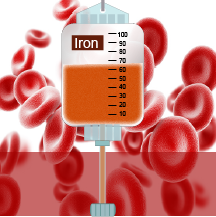Often I see people posting that the source of all women’s issues is their hormones being out of balance. While sometimes this may be true, saying that the source of all women’s health issues is hormones being out of whack is not completely true. Sure, hormones may have a bit to do with it, but is it all erratic hormones?
Hey, it is good to blame something, but is it really fair to keep saying that women are all just an imbalance of hormones, when they are just having a bad day, or just don’t know why they are feeling the way they do?
The fact is that when I consult with women and they tell me that they, or their partner, or family etc, think they are a hormonal mess, I always have to tell them that this may not necessarily be so. More often than not, when I do my work ups on women, their hormones are actually normal and not out of balance at all.
So why would a woman be feeling like she is out of balance if her hormones are all in normal range?
Well, the answer to that is…. “How long is a piece of string?”
Yes, this is one of my favourite saying because, with any health issue, or imbalance in the body, you need to look at the individual and what the individual has been doing.
When I consult with women about these issues I will always go through a thorough history and testing with them and find out the following
- Are they stressed?
- Are they sleeping?
- Have they had a major upset in their immediate environment?
- Are they eating well?
- Are they drinking too much alcohol?
- Are you taking medications, or recreational drugs?
- Are they having too much sugar?
- Are they exercising?
- Are they taking time out for self?
- Is their partner the source of their moods and ill health?
- Do they have a gynaecological condition that has, or hasn’t been diagnosed?
- Have you had a health condition, or virus, or some other long standing health issue?
There are so many things that can affect a woman’s moods and wellbeing. Stress is probably the biggest factor, followed by lack of sleep and poor diet. High sugar intake also causes inflammation and can affect hormones, but it can just affect your moods. Poor diet and high sugars can also affect gynaecological conditions and affect an upcoming menstrual cycle too.
Having a big drinking session on the weekend, or just a few drinks during the week can seriously affect your health, moods and motivations. Try not drinking for a month and see just how much better you will feel and how much better you wake up in the morning. A big binge drinking session on the weekend can affect you for a week afterwards
Lack of exercise can be another big factor in feeling tired. It is a catch 22 situation. When you are tired you don’t feel like exercising, but sometimes you are tired because you aren’t exercising. Exercise keeps the body feeling fit and moods better and your menstrual cycle better too. Not getting enough sleep can seriously affect your body on all levels.
Lack of sleep will not only make you feel tired, grumpy and teary, but it affects everything. Lack of sleep and too many bright lights in your room can affect your melatonin levels too. Melatonin is also responsible for conversion to serotonin, which is what helps moods as well
Too much stress and running on adrenalin does not help the body either. The body goes into this hyper-activated state and that can cause low grade anxiety and also affect the moods and the body’s energy levels. We also need to check if a woman is suffering depression and this is the cause of her health issues, or why she may seem out of sorts.
Then, you could have a gynaecological issue that is causing inflammation in the body and then being exacerbated by things you are doing in your life too. Some gynaecological issues are asymptomatic, but can cause issues with your health, your moods, your energy and yes, your hormones. But, many women with gynaecological issues actually have normal hormone levels, so it isn’t always hormones causing gynaecological conditions either.
At certain times of the year, we are more prone to colds and flu’s and viruses and these can affect our health, our energy, our moods and our systems as a whole. Some post viral symptoms are worse than the actual virus and can last long after the virus symptoms have subsided.
Chronic pain can also throw the body into a state of shock and affect both the moods and the bodies ability to function. Inflammation can play real havoc with a woman’s body and her health.
There are so many things that can affect a woman’s body and it as we can see, it can’t always be blamed on hormones. There are so many other factors to consider, which can affect a woman’s energy, her moods, her concentration and her daily life.
So next time you are feeling a bit off, or a bit moody, or teary, or tired, don’t be so quick to dismiss it as just being hormonal. It may have nothing to do with hormones at all. If someone else tries to dismiss you as being hormonal, maybe it is time to be hormonal like and tell them where to go. Politely, but firmly of course.
If you are feeling like there is something wrong with your body, or you feel out of balance, it is a good idea to see your healthcare provider and get some basic testing done and delve a little deeper into why your body isn’t feeling the best it could be.
I always make sure I get a thorough history off women and listen to all of their concerns so that they aren’t just dismissed as just having their hormones out of whack. They may be, but it is best to check first and that isn’t hard to do.
I think too many women are just dismissed as being hormonal, or that it is hormones out of balance. Nine times out of ten, it is often something else. Let’s not forget that as we get older, we do start to slow down more too. But, let’s not talk about that one as that could be a whole post on its own.
If you would like to book in for a consultation with me, then please call my friendly staff and they will be able to look after you and explain everything to you as well.
Take care
Regards
Andrew Orr
-No Stone Left Unturned
-Women’s and Men’s Health Advocate
-The Women’s Health Experts













